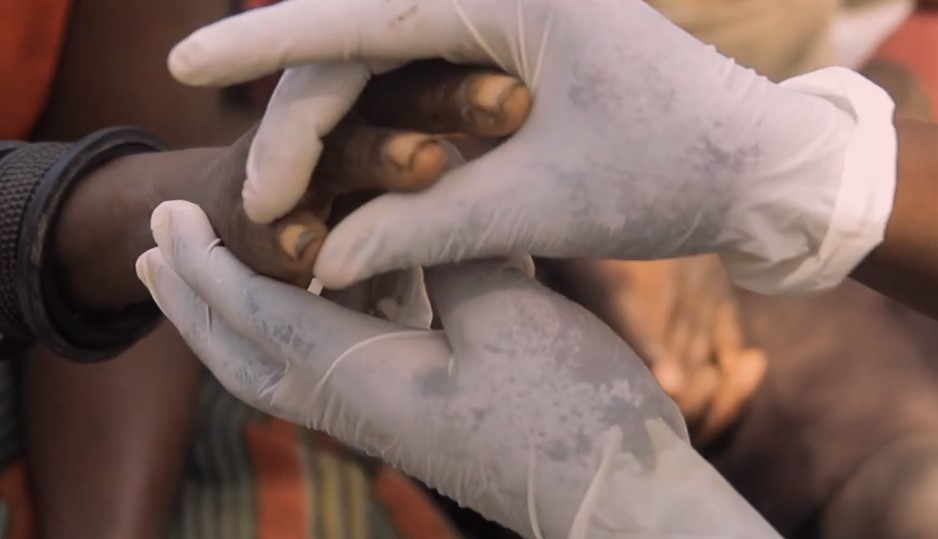Project Implementers:
Principal Investigator: Dr. GEORGE MUKONE MUDANGA, IFOTRODE,
CO- Principal Investigator: MR. GABRIEL MATWALE, Ministry of Health Uganda
International Collaborators:
- Prof. Gail Davey – Brighton and Sussex Medical School
- Dr. Hope Simpson – Research Fellow- Brighton and Sussex Medical School
- Dr. Marlene Thielcke – Institute of Tropical Medicine and International Health at Charité University Medicine Berlin, Germany
Local Collaborators
- Prof. Fred Nuwaha – Makerere University, School of Public Health
- Mr. Ivan Masete – Eastern, Central and Southern Africa Group of Consultants (ECASA
- Dr. Francis Mutebi – Makerere University
Supported by:
Wellcome Trust Foundation
General Information Summary
Podoconiosis is a non-infectious lyphoedema of the lower limbs caused by prolonged exposure to volcanic soils. Soil particles penetrate the skin and are taken up by macrophages in the lymphatic vessels. This causes chronic inflammation and fibrosis with the resultant blockage of lymph flow. The occurrence of podoconiosis following exposure to the irritant soils appears to be genetically mediated as the disease has been found to occur only in certain families. Clinically, podoconiosis presents with ascending asymmetrical often bilateral swelling of the limbs. It is mainly a disease of the poor in the tropical regions of the world. Uganda is considered among the countries with the highest prevalence of podoconiosis.
Unfortunately, the disease is not well-known by health workers and within the health system and is often confused with lymphatic filariasis, another major cause of lymphoedema in the tropics. Also, there are no established diagnostic tests for podoconiosis. Thus, it is hardly reported by the health care system in Uganda. So far, the disease has been documented in Kamwenge, Kabale in Western Uganda, Kapchorwa (Kween) and Napak in North Eastern Uganda. In these areas prevalence ranging from 0.13% to 4.5% have been reported. To date data on the distribution of podoconiosis remains scanty. Because of the limited understanding of the geographical distribution of the disease, interventions against the disease are minimal.
Thus, PODOCONIOSIS MAPPING project in Uganda aimed at establishing the spatial distribution and risk of podoconiosis in Uganda. This is a population-based cross-sectional survey that was carried out in seven out of 45 known endemic districts representing major regions most affected by the disease.
Thirty nine (39) clusters of 270 participants each were randomly selected to form a sample size of 10,535 from the seven districts of Nakapiripirit in Karamoja region, Rukungiri, Kasese and Hoima in Western region, Sironko in Elgon region, Zombo in West Nile and Gomba in Central region. All members of the cluster aged 15 years and above were interviewed. Only those found with lymphoedema and/or living with people with such condition were further questioned and examined for clinical diagnosis of podoconiosis.
Wellcome Trust, United Kingdom made it possible with a grant of 74,000 Great Britain Pounds.
